
Piercing the veil
A new exhibition at Buxton Contemporary finds a rich complexity in the shadowy terrain between life and death.

Sabella D’Souza, 2018, Still from Julia & I – Pretty Woman.
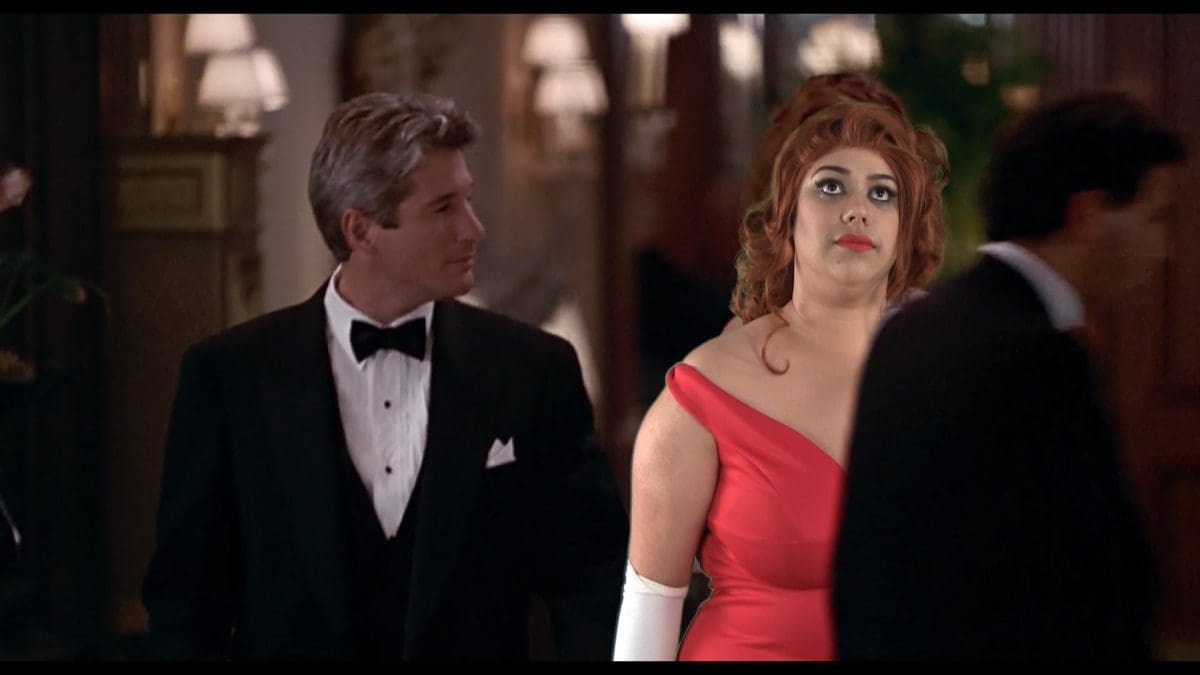
Sabella D’Souza, 2018, Still from Julia & I – Pretty Woman.
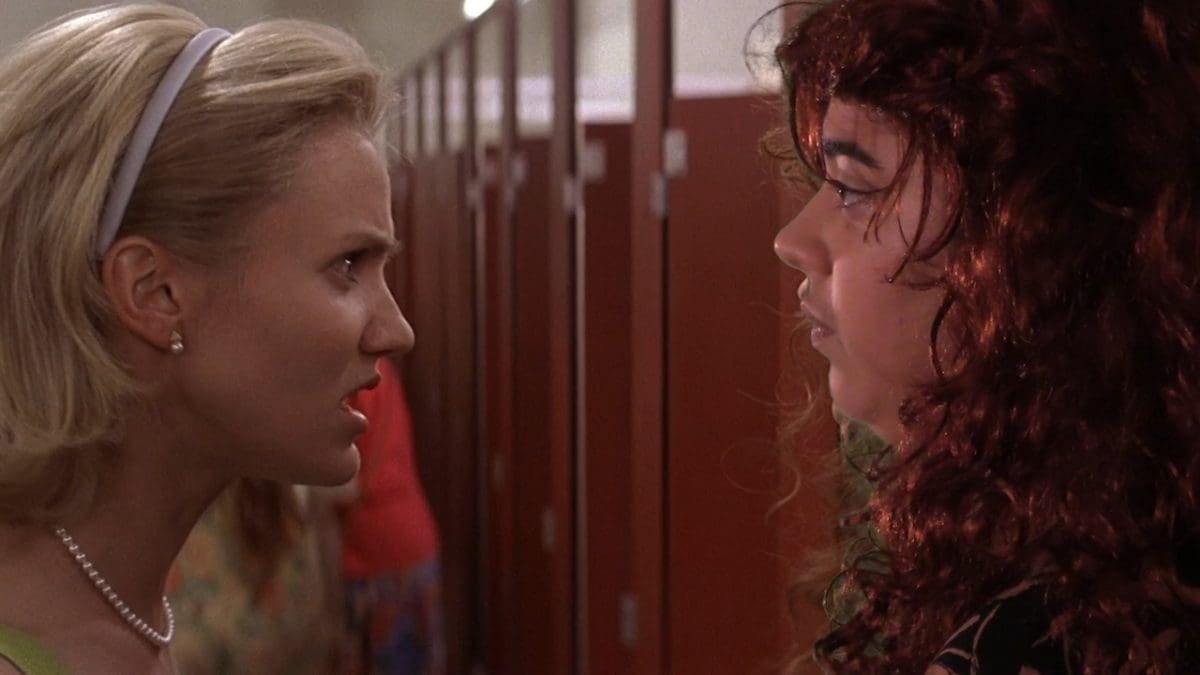
Sabella D’Souza, 2019, Still from Julia & I – My Best Friends Wedding.
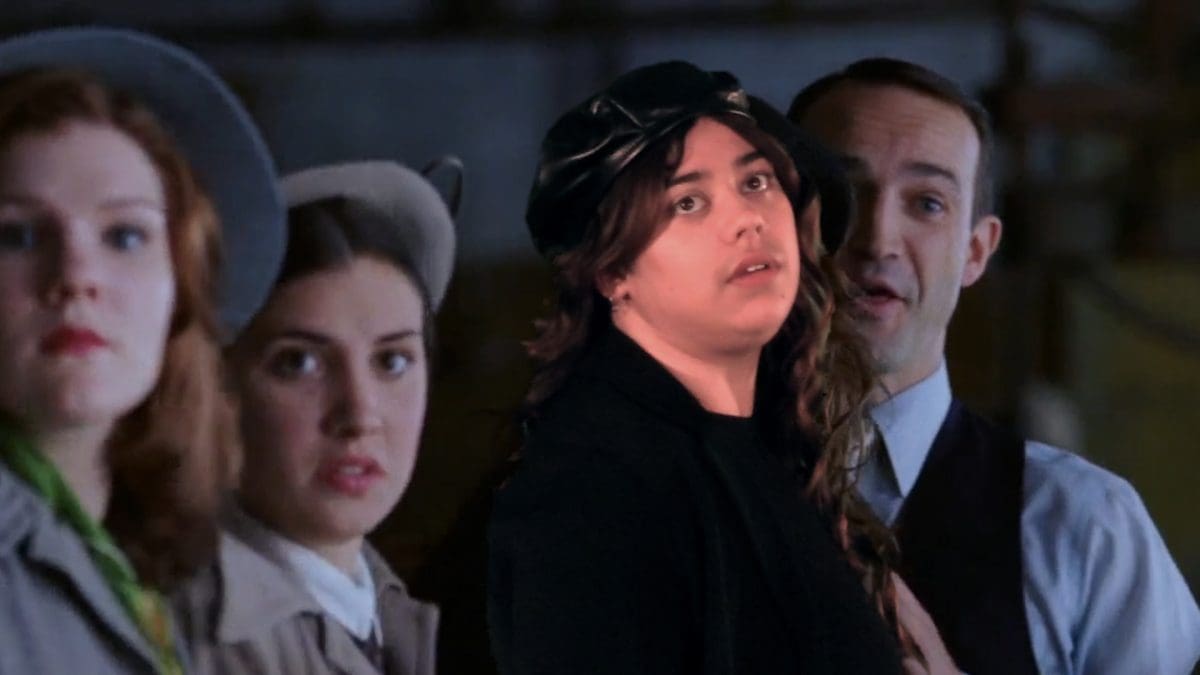
Sabella D’Souza, 2019, Still from Julia & I – Mona Lisa Smile.
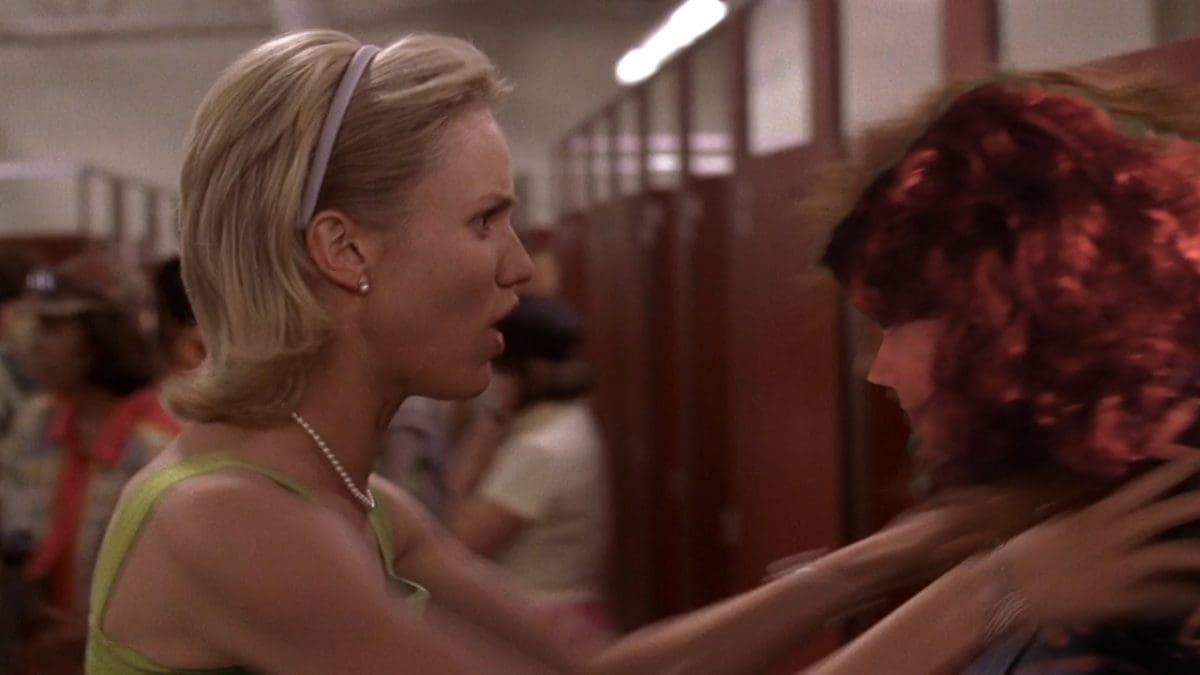
Sabella D’Souza, 2019, Still from Julia & I – My Best Friends Wedding.
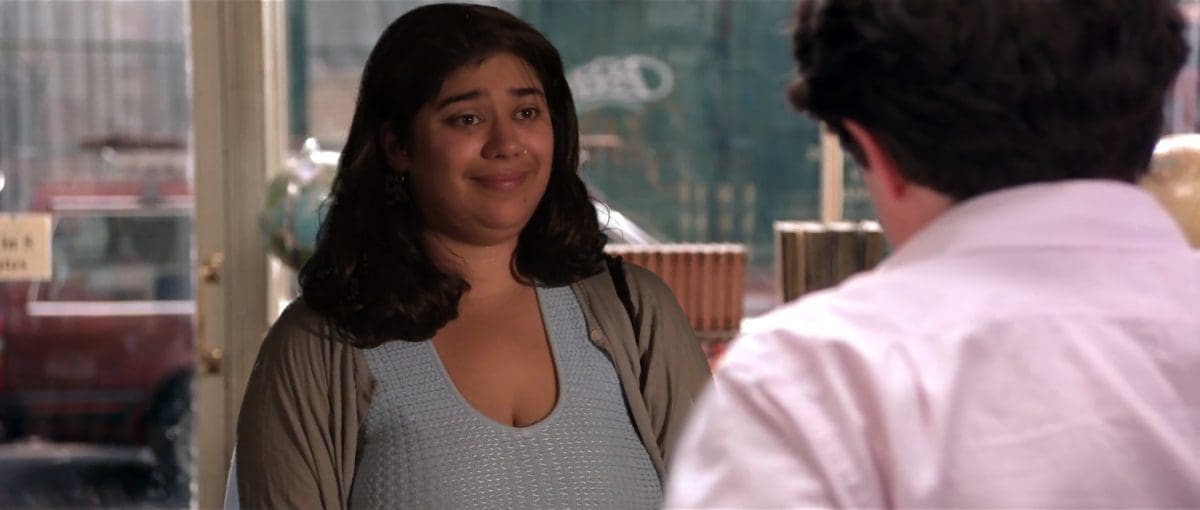
Sabella D’Souza, 2019, Still from Julia & I – Notting Hill
Hollywood star Julia Roberts, who was raised by Baptist and Catholic parents, converted to Hinduism when filming the 2010 movie Eat, Pray, Love, a story about eating in Italy, praying in India and finding love in Indonesia. In the view of Sydney-based artist Sabella D’Souza, who is part of an Indian diaspora, Roberts represents white privilege co-opting brown spirituality.
In the artist’s video montage Julia & I, 2018, D’Souza stands in for Roberts in famous roles such as the aforementioned movie adaptation of the white US author Elizabeth Gilbert’s travel pilgrimage memoir, as well as Pretty Woman, Notting Hill and Erin Brockovich, aiming to entertain as much as draw attention to Roberts as a colonial conduit.
“This is one of my first works where it is purposely funny,” says D’Souza, who migrated to Australia as a baby after being born in New Zealand in 1995. “There’s a lot of joy in that. I find it really fun because people come up to me and tell me about the way they have interacted with Julia; she is this cultural phenomenon that became part of the zeitgeist.”
Roberts’s screen work and religious conversion, however, is “part of a larger way we fetishize and exoticize brownness,” argues D’Souza.
D’Souza will be showing a body of new work in an exhibition titled with three emojis: a pizza slice, praying hands and a heart, as in Eat, Pray, Love. The artist identifies as gender non-binary, using the pronouns they and them, which is about “not feeling one or the other, which is something that resonates throughout my work”.
D’Souza’s wider family in New Zealand is mainly Catholic. The artist’s father, who emigrated from India to New Zealand as a young child, talks more about his Indian identity now than he did earlier in his life. “It’s this displacement, and that’s why I identify a lot with diaspora communities, and that removal from a cultural identity,” says D’Souza.
Growing up in Melbourne, D’Souza lived in “very inner-city white space and because I was surrounded by whiteness, I felt very hyper-visible a lot of my life. But even though I felt hyper-visible, I didn’t know the language to articulate that hyper-visibility.”
D’Souza began to find that language with My Motherland is a Mouthful, 2016, in which the artist live-streamed themselves to Periscope while wearing traditional Indian dress, as people were invited to comment on the artist’s appearance.
Given some comments were racially and sexually charged, it seems changing the focus to Hollywood icons is in part self-protection for the artist.
D’Souza thinks about Julia Roberts in the same vein as Gwyneth Paltrow, the Oscar winner who has gone on to spruik high-priced lifestyle products. D’Souza references Paltrow in an exhibition essay, branding the GOOP founder’s work as white wellness advocacy.
“Originally, self-care was this way for people (predominantly black women and minorities and queer people and people living with disability) to care for themselves when a medical industry might not have always done that for them,” explains D’Souza. “Since then those ideas around self-care, particularly wellness, have been co-opted as a way to make people consume things, it’s part of capitalism now.”
![]()
Sabella D’Souza
Firstdraft Gallery
5 June – 28 June